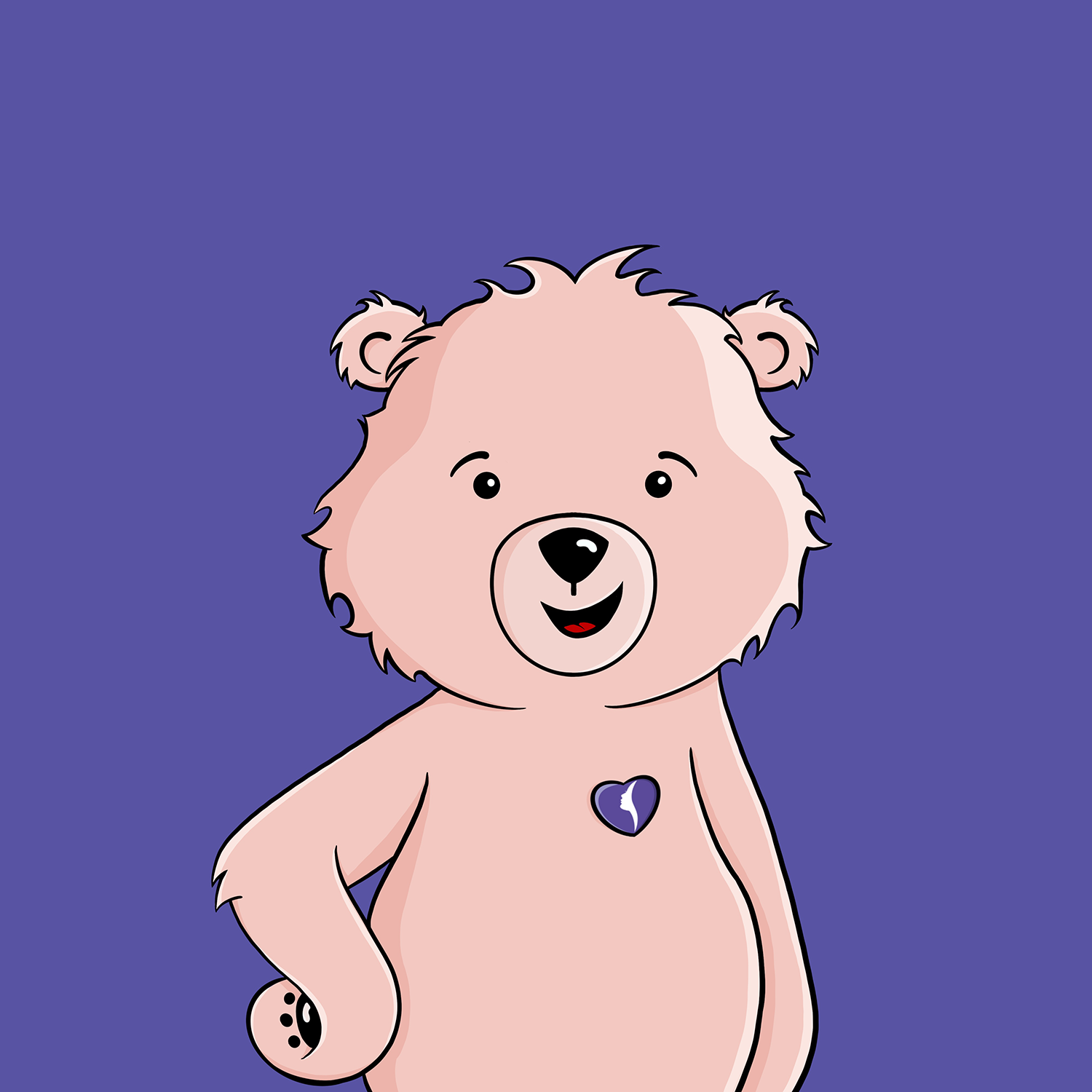Turning Art Into NFTs: Behind The Scenes With A Digital Artist

Why are artists making NFTs? The old, exclusive art world of past decades is transforming before our eyes: one NFT sale at a time.
Web3 has the power to disrupt many industries in the long-term. But in many ways, it’s already changed the game for artists.
With a notorious ‘who, not what you know’ culture; high agent fees, and even higher gallery commissions; it’s little surprise that when Web3 fluttered her eyelashes, creatives from all backgrounds opened their ears, while traditional art institutions got a little pink around the collar.
While artists have flocked to decentralized platforms to reclaim their autonomy (and pay-checks), longstanding institutions have taken note.
If you need any convincing that NFTs are here for good, just take a look at the stunning work coming out of Sotheby’s Metaverse.
Which artists are making NFTs?
From photographers like Sebastião Salgado, immortalizing journeys through the Amazon rainforest on the blockchain; to Manuel Rossner exhibiting in Decentraland with the phenomenal ‘The artist is online’; to Penny Sligner releasing a series of collages and poetry from her first book as an NFT a whole half century later; artists, working with every medium, can be involved.
The duality of many of these projects also signifies that despite the absolutism of old versus new; physical versus virtual; gallery versus NFT, often new blends with old – rather than replaces.
What’s it like to mint your art as an NFT?
So what’s it like to mint your art as NFTs? Is it as easy as 1, 2, 3?
We spoke with renowned digital artist Penny Crayon, who recently designed a series of ‘Promise Bears’, an NFT series for cancer charity Victoria’s Promise.
Tell us about the process of minting your art as an NFT?
Minting an NFT (or several of them) on Algorand is just as easy as sending a text message. The entire process takes less than a few minutes.
Most marketplaces offer minting and listing features, making it easy for anyone wanting to enter the NFT world.
Are there differences in the way you create work for NFTs?
Yes, I think personally, creating an artwork is easy – creating a full NFT project is not!
There are several aspects that need to be considered before you embark on the journey, and it’s not just the artwork.
You need to think about how the artwork will represent your project, can you create a consistent theme, and how what size collection makes sense for you.
Take Victoria’s Promise Charity NFT Collection and the ‘Promise Bears’ we created.
We needed to consider how the bears would look, how the image includes the charity and how it relfected the ethos and message of supporting young women with cancer.
We needed to consider how the desing could be inclusive and appeal to all, as well as what the various traits would look like, and how they would be applied to varying levels of rarity.
Do you believe NFTs can transform opportunities for artists? If so, why/how?
Yes absolutely. NFTs can be a great way to break into the art world. Lots of creators who have struggled traditionally have seen a massive uptick in exposure and a greater appreciation for what they do.
They can engage more with their supporters outside the realm of social media. Of course, artists can now reap the benefits of royalties and digital certificates of authentication.
The beauty of NFT space is that it has become easier for the general public to get involved in the art world. NFTs’s habe made lucrative art more accessible to all, and in turn, allow new and existing artists to be seen at the same level.
What about NFT galleries? Do you think Web 3 models are fairer/ offer more autonomy?

I would say yes to an extent.
There is no longer a need for an agent to have your work displayed in a gallery format. The digital space allows new artist to have their work displayed with ease.
However, some of these galleries are selective on their curated shows in the Web 3 space and some are down to personal taste, or project popularity. It’s not all perfect, but many offer a great opportunity for newcomers to exhibit with no bias.
What would you like to see more of in NFT art?
More artists and projects adopting social purpose, whether it be environmental or humanitarian, utilizing their NFTs to help bring about change or help by giving back to the community. NFTs can make art more meaningful, beyond an emotional connection to the artwork.
Any predictions for NFT art / NFTs in general?
I think we’ll find more companies and charities adapting NFTs as a way to engage with their customers/donors beyond the initial sales/donation, expand their community on a global level and engage on a personal level. Companies can use NFTs to integrate their loyalty and reward scheme beyond the traditional touch points.
The tech behind NFTs is developing and expanding at a fast pace with integration into other areas like gaming, education and healthcare.
Mutable NFTs now allow people to customize their own NFT, just like you would in a game setting. This could bring a new age of play-to-earn rewards, with transferable and updatable data attached.
Dare I say it, healthcare records could be integrated, becoming more accessible and secure for both patients and doctors – plus giving providers the ability to view and update that data trail. This could remove the age-old dilemma of separate record keeping systems for each individual health care provider. The possibilities are huge, for sure!
